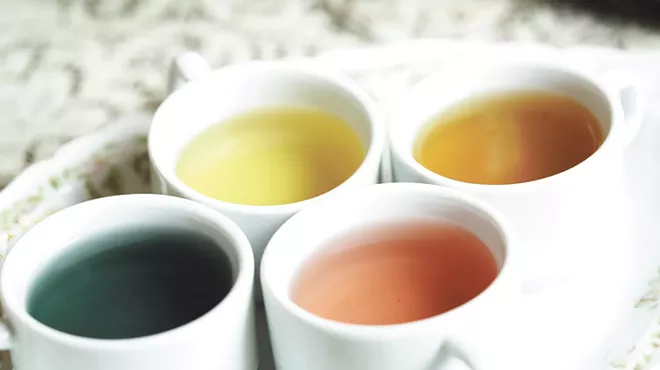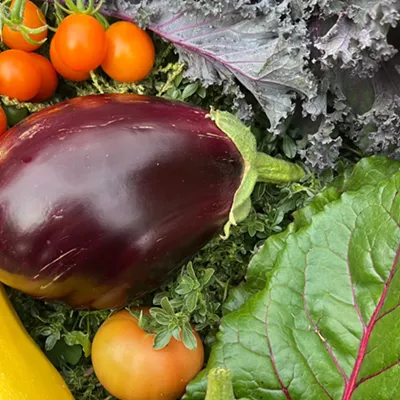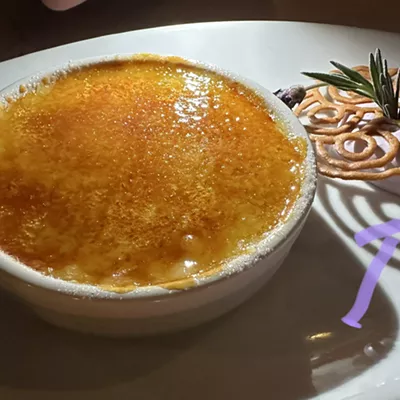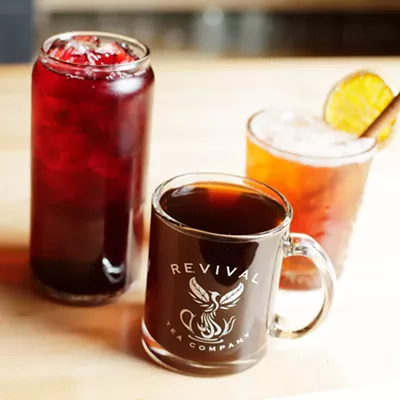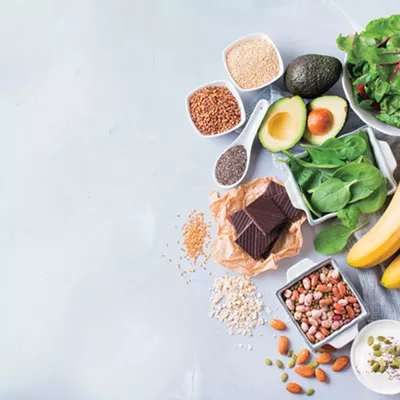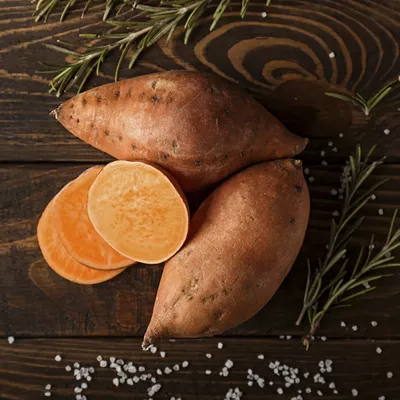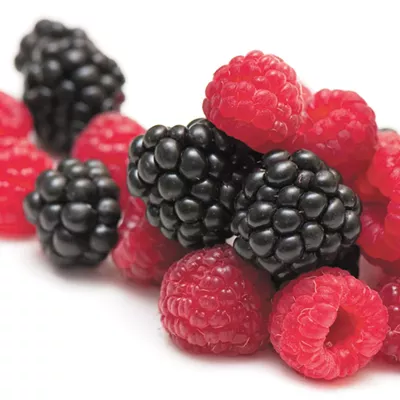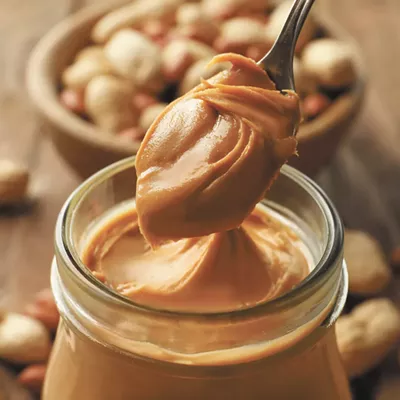WHETHER YOUR CUP OF TEA IS A "TRUE" TEA OR AN HERBAL INFUSION, teas are a fabulous way to benefit from the healing properties of many plants. Black tea, oolong tea, green tea and white tea are considered "true" teas, all coming from the same tea camellia plant but each processed differently. On the other hand, herbal tea can be made from practically any edible plant, depending on the purpose of the tea you're designing. You can even get creative by blending herbs with a "true" tea leaf of your choice for a unique tea of your own.
"True" Teas
WHITE TEA is the least processed of the true teas, which all use the fresh leaves of the tea plant. White tea leaves are collected, steamed and dried. This simple processing preserves the most antioxidants and gives white tea a mild, fresh flavor. However, this also makes white tea more delicate and susceptible to damage from excessively high temperatures and times during steeping.
The leaves of GREEN, OOLONG AND BLACK TEAS are harvested once the leaves have withered a bit on the plant. Green tea is then briefly steamed or fired, then dried. Oolong and black tea both undergo a bruising process, followed by a brief (oolong) or long (black) oxidization step, before being fired and dried.
All of these processes leave the tea leaves with different flavors, components and levels of antioxidants. White and green teas are the least processed, leaving them with the highest antioxidant levels. WHITE TEA has a more fresh and subtle flavor than GREEN TEA. In contrast, OOLONG TEA has lower levels of antioxidants but famously develops an ample quantity of L-theanine, which is good for anxiety relief and calming benefits. Finally, BLACK TEA has a distinctive, strong flavor profile and the highest caffeine content for alertness.
Herbal Favorites
Although herbal teas can be made of basically any edible plant for a range of health benefits and flavors, some of the most common herbs used for tea include CHAMOMILE, MINTS AND ROSES. Most herbal teas are packed with phytonutrients and antioxidants, though these vary greatly by herb.
CHAMOMILE is a flowering plant famously known for its calming benefits, making it a great choice for a nighttime tea or a midday stressbuster at work. The honey-like, subtle flavor of chamomile is wonderful enjoyed on its own or blended with other components.
MINTS are also a common choice for herbal teas, lending a strong and refreshing flavor to infusions. PEPPERMINT is well-known for relieving stomach problems and may contain antimicrobial properties for when you are sick. On the other hand, SPEARMINT may boost respiratory function and aid in memory. Both mints are a wonderful choice to add a bit of menthol to an herbal tea to brighten your mood or help with a cold.
Finally, ROSE TEAS can be made with two very different parts of the rose – the PETALS or the FRUIT. While rose petals will give that floral, rosy flavor we all know and love, the fruit (also called ROSE HIPS) are a tart berry-like fruit. Although both parts have some similar benefits, the PETALS are known to boost mood and digestive function, while ROSE HIPS are incredibly high in vitamin C and antioxidants.




